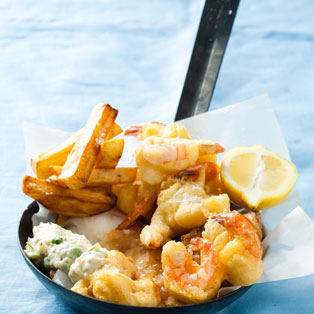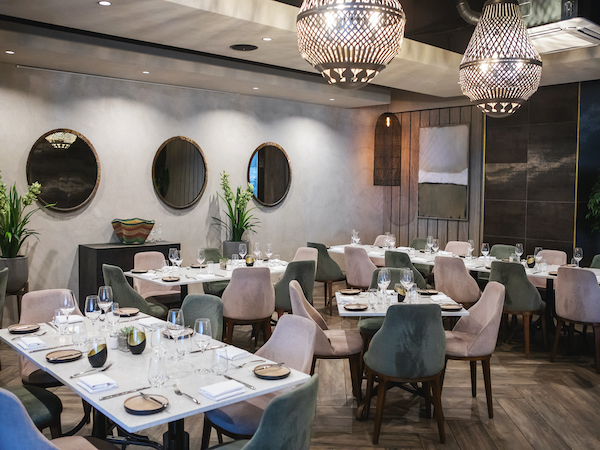News
Make sure your fish is green
Wednesday, January 5th, 2011
Summer is finally in full swing. And with the warm weather comes enjoying a plate of sushi, fresh linefish, oysters or a large seafood platter, complete with crayfish. Imagine opening the menu at your favourite restaurant and realising that there is no longer a seafood section. Or no longer being able to buy fresh seafood from your local fishmonger. Or a world without sushi specials!
Unfortunately, these scenarios are dangerously close to becoming a reality. According to the recently released documentary The End of the Line, 90% of fish stocks worldwide have already been overexploited or entirely depleted. Mass fishing techniques are incapable of targeting only the fish species required, and many other species suffer as a result. Sharks, dolphins and turtles are just some of the creatures that die needlessly as a result of these methods. Trawling nets, a popular mass fishing tool, can be so large that they can hold over 12 Boeing aeroplanes. A staggering quarter of all sea life caught is thrown back, often dead. If nothing is done to stop this, the reality is that we will no longer be eating seafood in around 28 years time.
Thankfully, there is a light at the end of this murky tunnel. In 2004, the World Wide Fund for Nature (WWF) of South Africa established the Southern African Sustainable Seafood Initiative, better known as SASSI. SASSI aims to promote voluntary compliance with fishing laws and awareness of the importance of marine environments, and aims to discourage consumer demand for over-exploited fish species. In short, SASSI is putting the control in the hands of the seafood consumer.
So, what does all of this mean for seafood lovers? The good news is that you don’t need to stop eating your favourite fish and seafood dishes. You just need to remember three colours – green, orange and red. Seafood listed on the SASSI green list comes from healthy and sustainable stocks, meaning you can buy and eat these with pleasure. Orange listed species come from stocks that are not faring so well, or that are caught using environmentally unfriendly methods. Red species come from unsustainable stocks and are illegal to sell or buy. The rules are simple and much like those obeyed at a traffic light – green is good, orange is risky and red is off limits.
SASSI offers a number of consumer-friendly options for identifying which category each species falls into, making it easy for you to quickly identify a fish’s status. Visit SASSI’s website to search its database, download the handy Consumer Pocket Guide to keep in your wallet, or SMS the name of the fish species you would like to confirm to 079 499 8795.
Eat Out has made it even simpler and has compiled a list of official SASSI member restaurants. These eateries have committed themselves to complying with SASSI’s regulations, which means that you can get stuck into the delicious seafood dishes at these establishments while doing your part to help the marine environment.
Cape Town
The Roundhouse & Rumbullion Restaurant
The Square at the Vineyard Hotel
Winelands
Tasting Room at Le Quartier Francais
Overberg
West Coast
Die Strandloper Restaurant and Beach Bar
Durban
Gauteng
Eastern Cape
National
John Dory’s
Ocean Basket
For more of our favourite seafood restaurants, read our “Best of Seafood” digimag here.
Also an official member of SASSI but not listed above? Please let us know.








